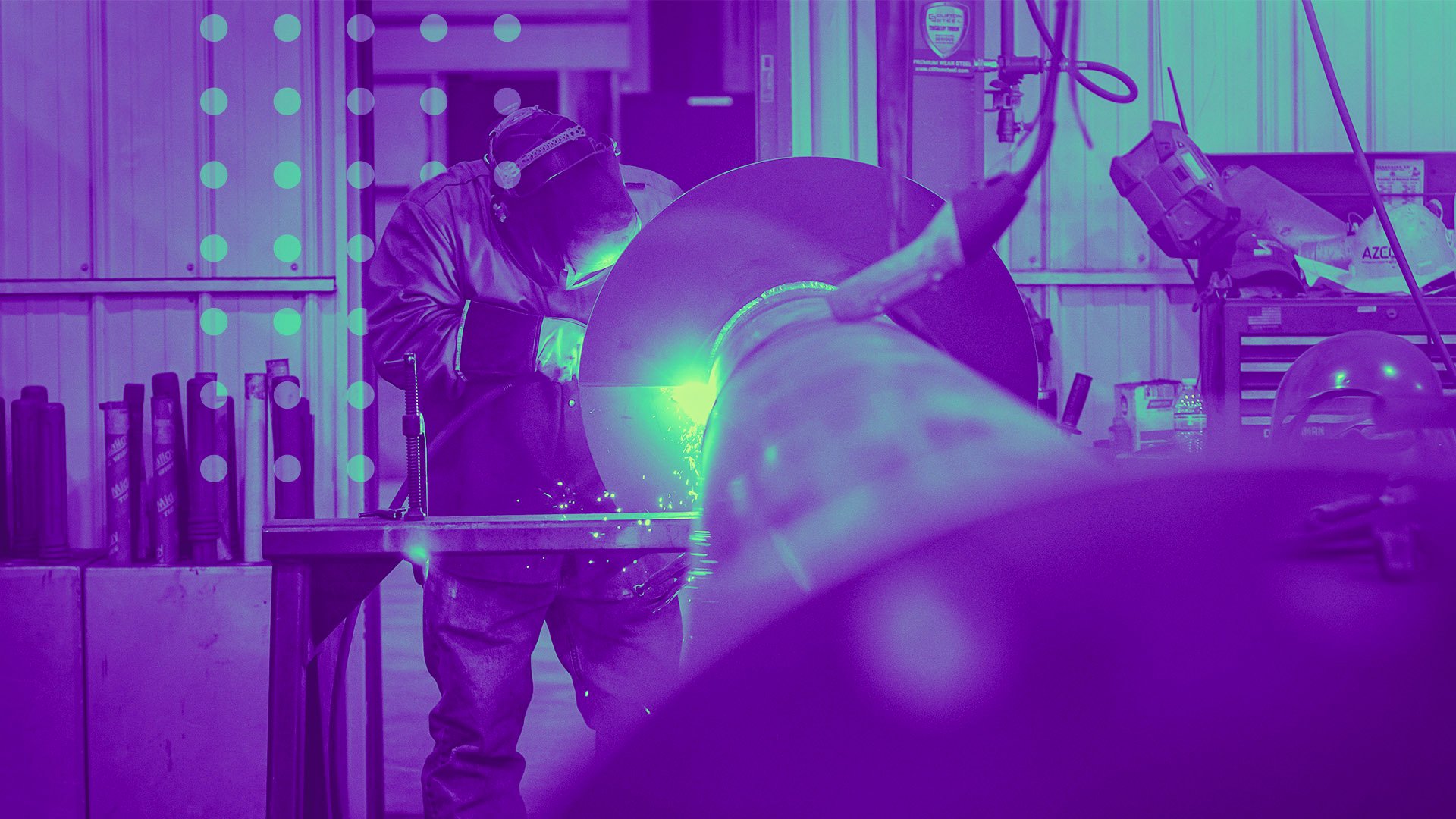The impact that these and other sustainable practices can have on a project is considerable, says Patrick Choudoir, project development manager for AZCO, a Burns & McDonnell company that provides industrial prefabrication and construction solutions.
“By finding ways to modularize a design and fabricating components in a controlled shop environment, you not only produce less waste, you also achieve more sustainable designs, more consistent quality and greater schedule certainty,” Choudoir says.
When these prefabricated components arrive at the construction site, the differences are evident, Choudoir says: “EPC projects that use off-site fabrication tend to have smaller, less congested job sites. Given the smaller scope of on-site construction activities, field laborers face fewer safety risks as well.”
Outages are also shorter, which is why the design-for-manufacturing-and-assembly approach was embraced early by energy and oil and gas companies that can’t afford lengthy downtime.
“When it comes down to it, sustainable EPC is just more efficient,” says Sara Tomashitis, a project manager and one of the hundreds of Burns & McDonnell employee-owners to earn credentials as an Envision Sustainability Professional (ENV SP) from the Institute for Sustainable Infrastructure. “Not only does it help keep a project on schedule and on budget, but the sustainable aspect also provides a positive environmental benefit.”
The Envision framework offers third-party verification of civil infrastructure projects that meet certain criteria for sustainability and resiliency. While not every project may seek Envision certification, the program’s structure and tools can be helpful guides to owners interested in improving their sustainability profile.
“Every owner has different wants, needs and expectations,” Choudoir says. “Some are content with solutions that use sustainable materials and minimize impacts on the natural environment. However, a growing number are seeking solutions that directly align with their organizations’ corporate responsibility, decarbonization and sustainability commitments.”
Here’s a deeper dive into sustainable EPC:





.png)